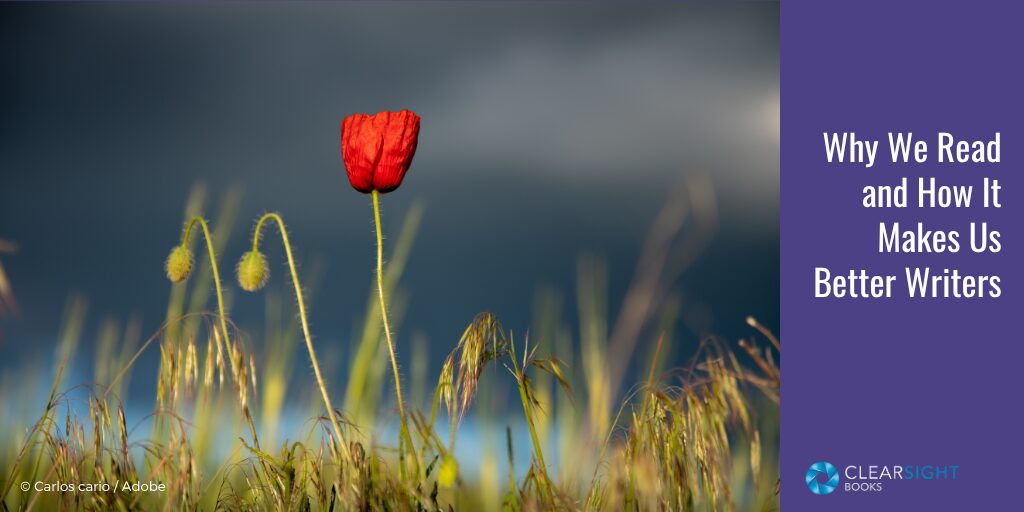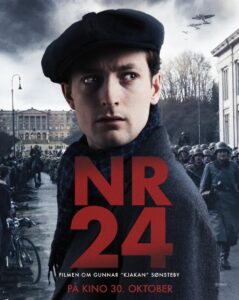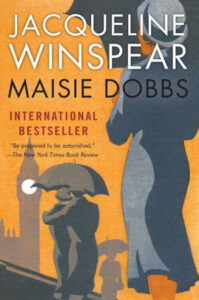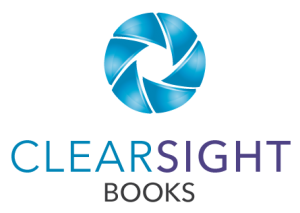
Writers lie to find the truth. —S.A. Cosby, novelist
S.A. Cosby’s claim about fictive “lies,” while perhaps a bit overstated, rings true. He spoke at the 2025 Write Now! conference earlier in May, and his keynote explored the theme of why we read and why we write: Essentially, we explore Truth through the telling of stories.
His talk got me thinking about all the reasons we turn to books…
Why we read
We read for many reasons.
We read for knowledge, of course; many of the nonfiction books we work on at Clear Sight Books are more about sharing information and than telling stories. But even nonfiction books entail narratives and perspectives and ways to view the world.
We read for entertainment. Books let us escape “real life” and laugh or cry with someone else. They let us dream: “What if that were me?”
We read for inspiration. When life feels heavy, books can lift us up. When life feels dull, we can find new possibilities. As S.A. Cosby asked: How many scientists were inspired by Jules Verne or Star Trek?
I don’t know about you, but I also read—and reread—for comfort. Returning to a familiar favorite with a satisfying ending is like visiting with an old friend; I know I won’t be disappointed. I also find comfort in reading middle-grade kids’ books. They are written for that formative age when we are figuring out right and wrong and how the world works—or how it should work. I crave that world where the protagonist learns to be a better person and wants to learn to be a better person.
Because, ultimately, I read for empathy. I read to put myself in others’ shoes and expand my understanding of the human condition. This is the truth S.A. Cosby suggests we are searching for in the writer’s “lies.”
Using what you read to improve your writing
Whatever your reason for reading, you can use the experience to enhance your writing. Writing workshops can help you hone your craft, but you can learn an enormous amount from simply reading: storytelling, structure, concision, rhythm, pacing, musicality, impact. The list goes on and on.
And any good process improvement consultant will tell you to look for lessons outside your own industry. (There’s a classic business case of a children’s hospital speeding up processes by learning from a Formula 1 pit crew.) So if you normally write nonfiction, read fiction or poetry. If you typically write books, read some short-form articles or stories. And don’t forget to visit film, TV, plays, and music for insight. Reading and observing across genres and art forms can bring more robustness to your writing.
As you read (or listen or watch), observe:
- What do you notice?
- What do you like/dislike about a piece? Why do you like/dislike it?
- What emotional impact does a piece have on you? Has it influenced your thinking?
- How can you use what you have noticed to inform your own writing?
Read well—and “read” broadly. Use what you read to inform your analysis, opinions, empathy, and craft. Read so you can write with intention—with clarity, empathy, and care. Remember, the “lies” you write are still in pursuit of the truth.
Telling true stories takes craft and care. If you need help with yours, get in touch at karin@clearsightbooks.com.
Related Reading
- On Reflection: The Joy of Creating Books
- Birthday Reflections on Finding Your True Self
- What Writers Can Learn from Artists: Practice & Release
Bonus: The cost of freedom, in art and story
In the US, we just celebrated Memorial Day, commemorating those who died serving in the US Armed Forces. Over the holiday weekend, I realized I had been immersing myself in war- and freedom-related art lately. It seemed timely to share some of it.
Number 24 (movie)

The movie Number 24, available on Netflix, tells the story of Gunnar Sønsteby, who was a member of the Norwegian resistance during WWII and became the most highly decorated citizen in Norway. The movie is framed around the elderly Sønsteby speaking to a school assembly about his experiences. He describes having divided his mind into “drawers,” some of which he rarely opens. As the students ask questions, he reluctantly delves into the drawer holding the most painful memories that were the price of freedom.
Well written, well structured, impactful. My husband and I were still talking about the movie days after. And if you know what a quisling is, the original makes an appearance.
“Who goes Nazi?” (article)
I ran across this 1941 Harper’s article by Dorothy Thompson, the First Lady of American Journalism, via Steve Schmidt’s Substack. He introduced it as “the greatest column in English language history.” In “Who goes Nazi?” the speaker plays a “macabre parlor game” guessing who in the room would become a Nazi when tested. (Quisling—see above—went Nazi.) Notably, Dorothy Thompson was the first American journalist to be expelled from Nazi Germany—proof that her pen could shake power.
I had a strange feeling that perhaps I read this article back as an undergrad. It was definitely worth a reread. Highly recommended for its craft as well as its psychological analysis.
The Nazi Drawings (art)
Mauricio Lasansky (1914-2012) was an Argentinian American artist. He created the school of printmaking at the University of Iowa (where I happened to earn my MBA). I’ve always loved his work, and I was recently looking at a book of The Nazi Drawings, a series of 33 life-size drawings that examine the brutality of Nazi Germany. Lasansky said:
Dignity is not a symbol bestowed on man, nor does the word itself possess force. Man’s dignity is a force and the only modus vivendi by which man and his history survive. When mid-twentieth century Germany did not let man live and die with this right, man became an animal. No matter how technologically advanced or sophisticated, when man negates this divine right, he not only becomes self-destructive, but castrates his history and poisons our future. This is what The Nazi Drawings are about.
View the images and read about them here.
What can writers learn from visual art? Plenty: theme, repetition, resonance, persistence (the project took six years). Perhaps most importantly, we can be reminded of the emotional impact any kind of art can have. Images and words have power.
Maisie Dobbs (mystery novels)

On a somewhat lighter (but not entirely light) note, Maisie Dobbs is a series of eighteen historical mystery novels by English writer Jacqueline Winspear. The novels, set between 1929 and 1945, follow the adventures of private investigator and former World War I field nurse Maisie Dobbs, and examine the impacts of war on ordinary people, including but not limited to the physical and emotional wounds that result.
I recently read the first of the series, Maisie Dobbs, and look forward to more. It is thought-provoking entertainment.
These works are a powerful reminder that storytelling—in all forms—can illuminate truths we must not forget.

